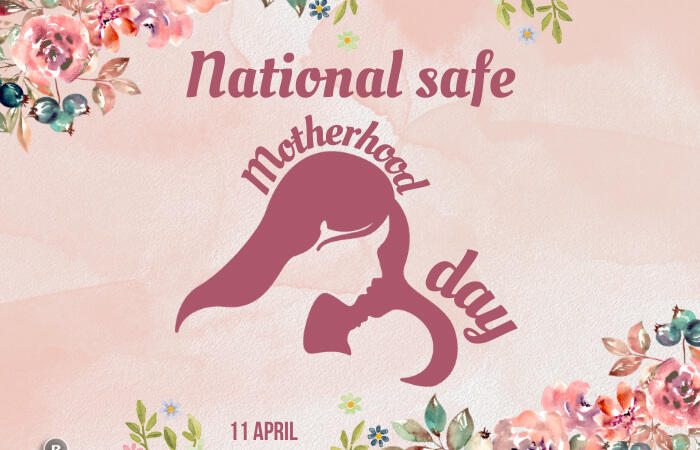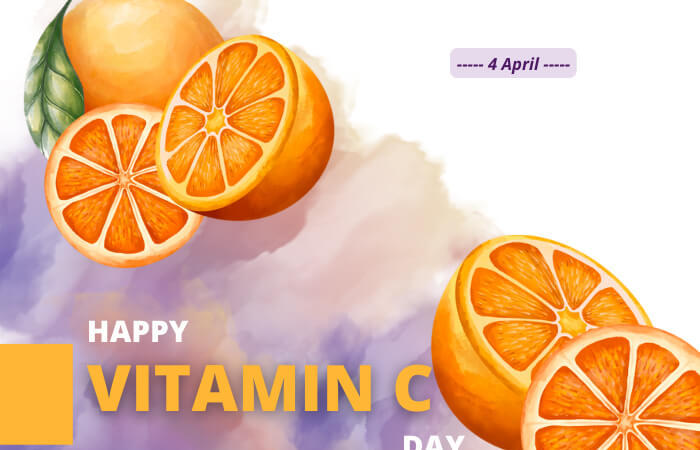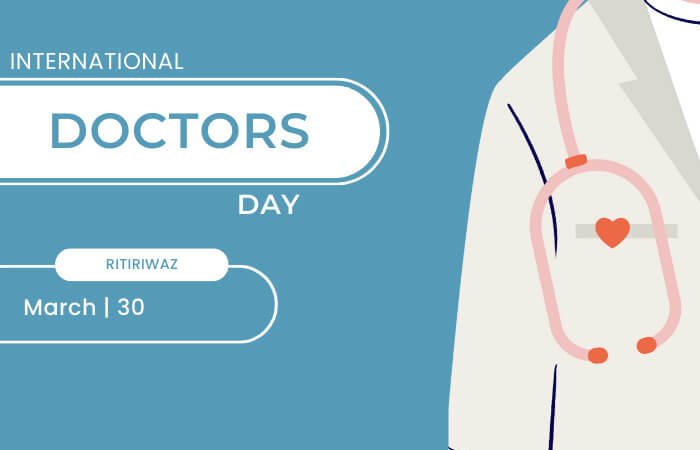National Milk Day of India

In India, November 26 is celebrated as National Milk Day. The date is the birth anniversary of the “father of India’s White Revolution” or the “Milkman of India” Dr. Verghese Kurien.
The food and Agriculture Departments of WHO established the 1st of June as World Milk Day. For the purpose of demonstrating the importance and benefits of milk in human life, world milk day will always be celebrated on the 1st of June. In India, national milk day is celebrated on the 26th of November for the same purpose of showing the importance of milk.
The day is celebrated for raising awareness of the need for milk in human life. The important fact is that milk is the first food that a child takes after birth. For human beings, milk is an excellent source of nutrients like phosphorus, calcium, vitamin B, vitamin D, and potassium. It is perhaps the food consumed throughout life.
History
It was in 2014 when the National Dairy Development Board (NDDB), the Indian Dairy Association (IDA), along with 22 state-level milk federations agreed to celebrate the birthday of Dr. Verghese Kurien as National Milk Day. Dr. Verghese Kurien ushered the white revolution and made the dairy farm the soul of India’s industrial sector. White Revolution was one of the biggest dairy development movements, by the Indian Government, in India in 1970. The White Revolution helped increase milk productivity and milk was now sold at competitive market prices.
The Kaira District Cooperative Milk Producers’ Union Limited (KDCMPUL) was formed in 1946 with the collated efforts of Verghese and Tribhuvandas Patel. The cooperative KDCMPUL was soon named Amul Dairy, which eventually played a pivotal role in the flourishing White Revolution in India. The turning point of Amul came when the process of producing milk powder through cow’s milk was discovered. It was a step taken by the Indian Government to develop and help the dairy industry sustain itself economically by developing a cooperative while providing employment to poor farmers.
He helped India to be the largest milk producer in the world. He led Operation Flood which made India the largest milk producer in the world, from a milk-deficient country. This movement doubled the milk available per person as well as increased milk output four-time, in some 30 years.
He was the General Manager and later Chairman of AMUL, Chairman of NDDB (National Dairy Development Board), and IRMA (Institute of Rural Management, Anand). Dr. Kurien received some prestigious awards, namely Ramon Magsaysay Award for Community Leadership (1963), Padma Shri (1965), Padma Bhushan (1966), Krishi Ratna Award (1986), World Food Prize (1989), Padma Vibhushan (1999), Economic Times Award for Corporate Excellence (2001) and several other awards.
Suggested Read: World Milk Day
Celebration
To make this day noticeable, diary distributors across the country conduct some events/activities near them. Milk is the only commodity that has to be collected twice a day, every day of the year. Thus, cooperatives are the only logical system for the dairy industry. About 85% of the industry in the US, Denmark, and Australia is run by cooperatives. No other system will work for milk. Amul is not the only one in India. There are more than 175 Amuls across various districts (in Gujarat) and many across India.
In every crisis, if you look carefully, you will spot an opportunity. My insistence is on finding and seizing that opportunity. I never try to side-step a crisis. Rather, the more monstrous the crisis, the more I am tempted to rush at it, grasp it by the horns, and manoeuvre it until it gives me what I want. – Dr. Verghese Kurien
India’s place in the sun would come from the partnership between the wisdom of its rural people and the skill of its professionals – Dr. Verghese Kurien
Suggested Read: Important Days In November






